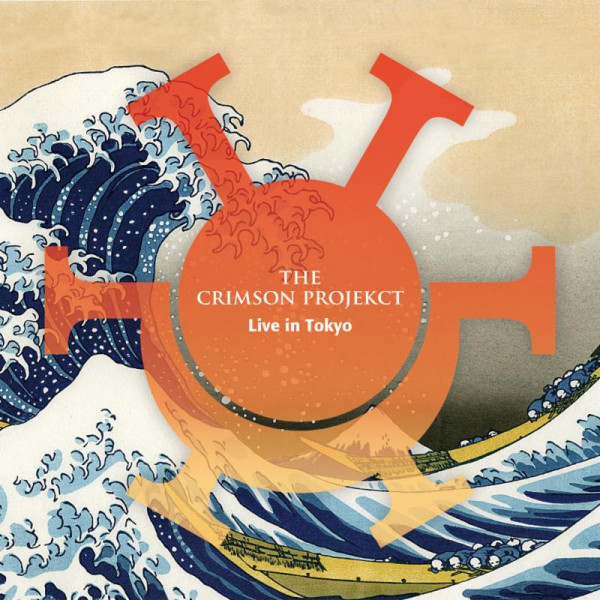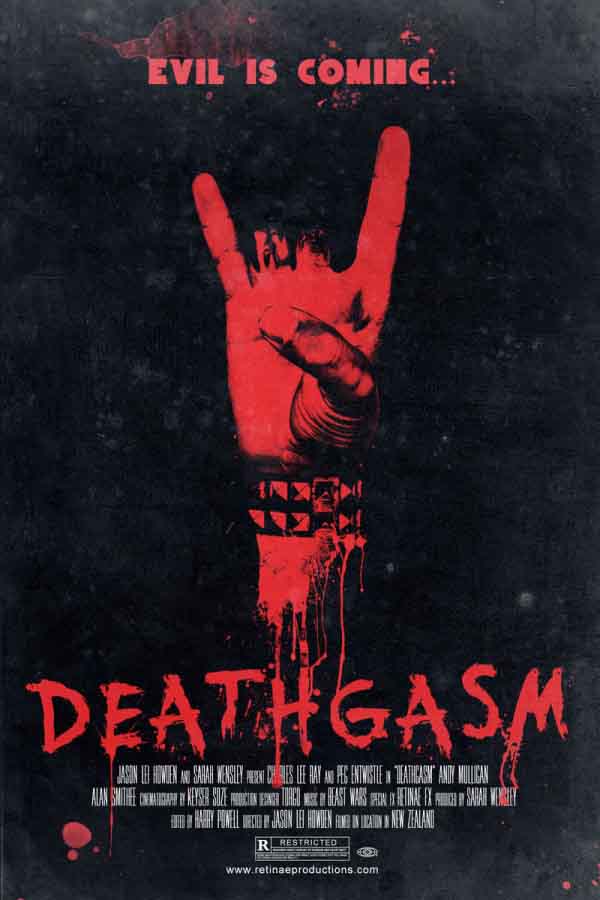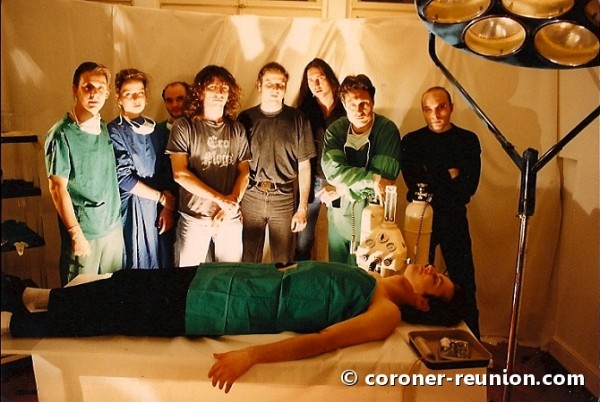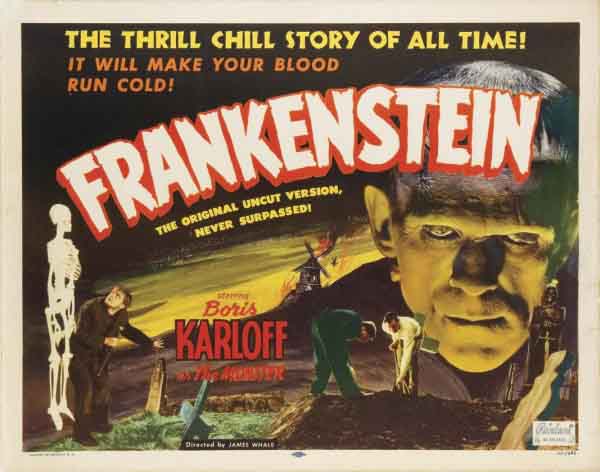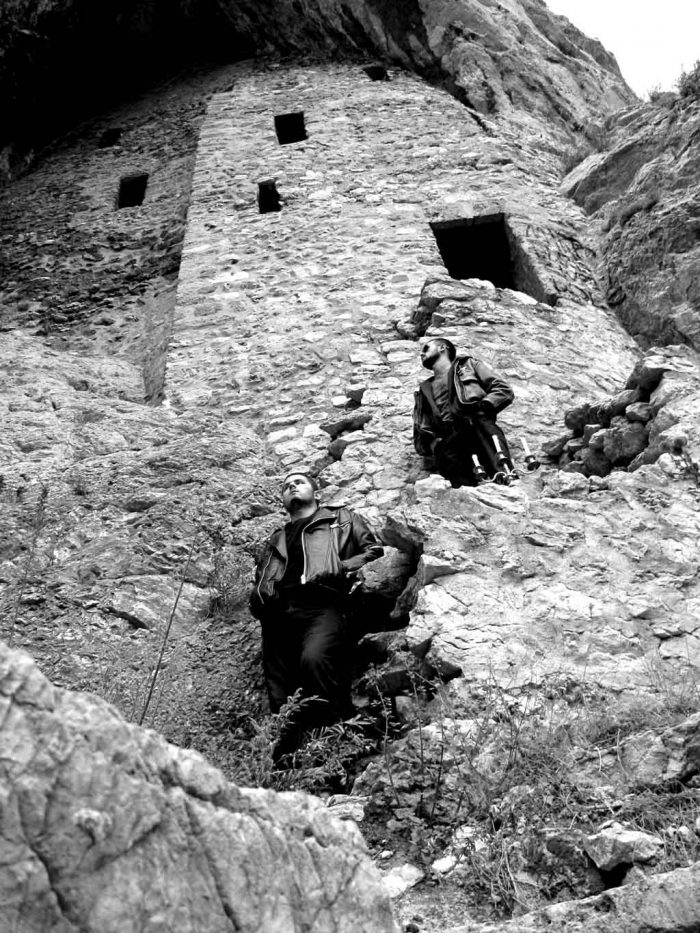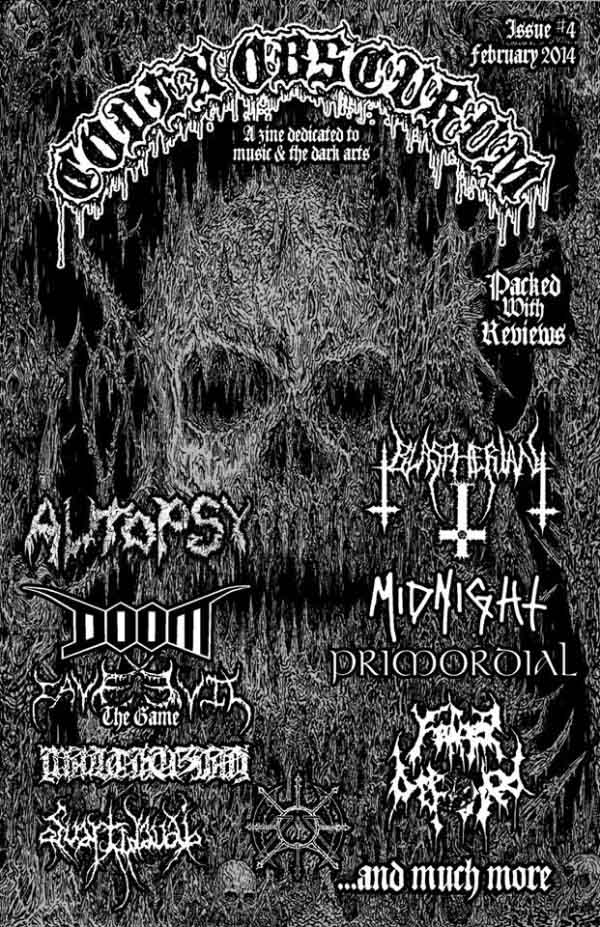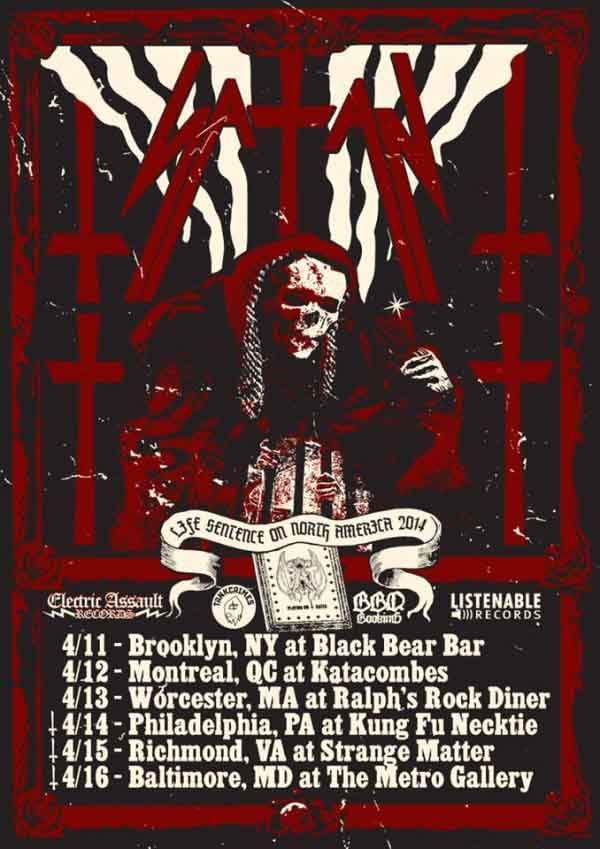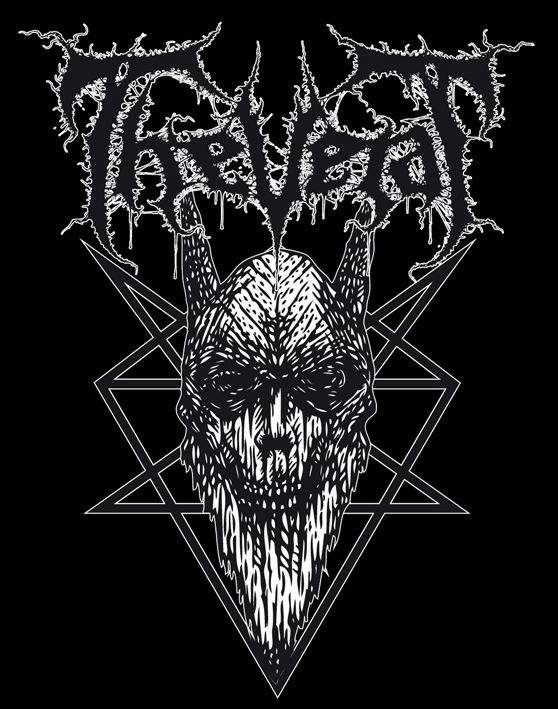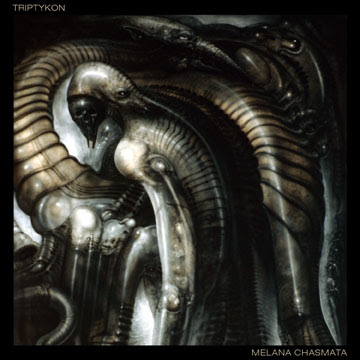A supergroup composed of King Crimson musicians, The Crimson ProjeKCt, will release Live in Tokyo through InsideOut Music on March 18, 2014. To commemorate the announcement of the live album’s release, the band have issued a video of their live performance of the 1974 King Crimson classic “Red” off the album by the same name.
“Red is one of the pre-80s instrumentals that has remained an integral part of King Crimson’s repertoire up until the early 2000s. Our interpretation of this classic piece is uniquely energetic and always ‘on-the-edge’, especially the double drumming from Pat and Tobias. Markus is doubling the main guitar part in a baritone register, which adds a subtle new pushing element to the song. The roar going through the audience when we start playing this is one of the highlights of our shows for us,” said the band in a statement issued collectively.
The Crimson ProjeKCt is organized in the “double trio” lineup that King Crimson popularized from 1994-1997, and features Adrian Belew, Tony Levin, Pat Mastelotto, Markus Reuter, Julie Slick and Tobias Ralph, all of whom have played with King Crimson during the past. The band mostly focuses on later King Crimson work that was popular from the early 1980s through mid-1990s.
Tracklist
- B’Boom
- THRAK
- Frame By Frame
- Dinosaur
- Industry
- Elephant Talk
- VROOOM VROOOM
- Sleepless
- Larks’ Tongues In Aspic Part II
- Indiscipline
- Red
- Thela Hun Ginjeet
Tourdates
- 5th March – Heichal Tarbut, Tel-Aviv – Israel
- 6th March – Bingo Club, Kiev – Ukraine
- 7th March – Usine A Gaz, Nyon – Switzerland
- 8th March – Amager Bio, Copenhagen – Denmark
- 9th March – Cosmopolite, Oslo – Norway
- 11th March – Ziquodrome, Compiegne – France
- 12th March – O2 Shepherds Bush Empire, London – UK
- 13th March – Trabendo, Paris – France
- 14th March – De Boerderij, Zoetermeer – Netherlands
- 16th March – Arena Club, Moscow – Russia
- 17th March – Palace of Culture Lensoveta, St. Petersburg – Russia
- 19th March – Palladium Club, Warsaw – Poland
- 20th March – Klub Studio, Krakow – Poland
- 21st March – Neuberin Halle, Reichenbach – Germany
- 22nd March – Konzerthause, Karlsruhe – Germany
- 23rd March – Frankfurter Hof, Mainz – Germany
- 25th March – Grughalle, Essen – Germany
- 26th March – Z7, Basel – Switzerland
- 27th March – Archa Theatre, Prague – Czech Republic
- 29th March – Auditorium Supercinema, Chieti – Italy
- 30th March – Auditorium Manzoni, Bologna – Italy
- 31st March – Auditorium Verdi, Milan – Italy
- 1st April – Auditorium Parco della Musica, Rome – Italy
- 2nd April – Viper Theatre, Firenze – Italy
- 4th April – Kongresu Nams, Riga – Latvia
- 24th June – Auckland – the Studio – New Zealnd
- 26th June – Melbourne – The Hi-Fi – Australia
- 27th June – Sydney – The Hi-Fi – Australia
- 28th June – Brisbane – The Hi-Fi – Australia
- 2nd July – Fremantle – Fly By Night – Australia
Tags: adrian belew, julie slick, king crimson, markus reuter, pat mastelotto, progressive, progressive rock, robert fripp, rock 'n' roll, the crimson projekct, tobias ralph, tony levin
